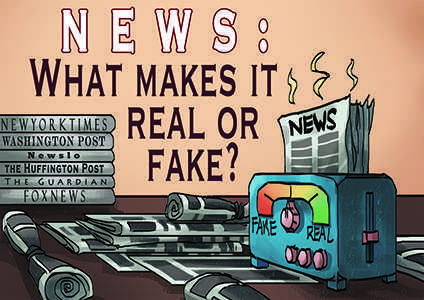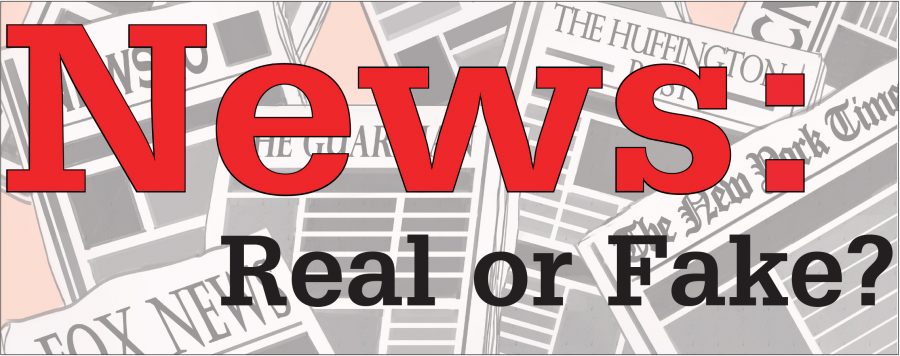Increase of ‘fake news’ decreases media reliability
March 8, 2017
2016 election, the spotlight is being shown on the reliability of the media. The honesty of the media has been called into question before, but never on a scale like this.
“Fake news” is a very real situation, one that has arisen in both popularity and awareness.
Defined by the Washington Post as “a total fabrication of the news,” many of these “fake news” articles have reached national attention, such as Pizzagate, a story that claimed Hilary Clinton was operating a child sex ring
But, how do students define it, and should students worry about it?
However, many disagree on the very definition on what “fake news” actually is.
Some like Joelle Acosta, freshman, believe that “fake news” is what it sounds like, “news that is not true.”
But, some students thought the definition was more complicated than that.
Jacob Cline, junior, said that “fake news is taking real news and twisting it.”
“Fake news” itself, however, can be more challenging than that.
Whatever the definition may be, many students believe they would be able to identify fake news sources when they saw one.
Rachel Engeman, junior, believes that CNN provides fake news consistently, while Jacob Vaughn, junior, said, “Anything found on Twitter or social media [is] typically false.”
Furthermore, some students’ views were more severe.
“All news stations have some fake news; you need more than one opinion,” Matt Jaeger, senior, said.
The intent of “fake news” is also disputed by students.
“Fake news is biased to what a state believes,” Amanda Pendley, senior, said, “We in Kansas have much more conservative news, while in California they have much more liberal news. It’s not completely fake, so much as tampered with.”
Others believed that the intent is much more sinister than that.
“The intent of fake news is to incite controversy or unrest in the public,” Abigail Cottingham, senior, said.
Many students felt like fake news is on the rise.
“The dependence on technology has led to a rise of fake news,” Bryan Johnson, freshman, said.
Other students thought that only certain outlets were increasing in popularity.
“Social media. Yes, it is on the rise. News outlets however are slowly decreasing,” Vaughn said.
Some believed that the increased awareness of the issue was what was causing the sudden interest in “fake news.”
“Fake news is kind of on the rise, but only because people can spot it a lot easier now,” Johnny Whittaker, junior, said.
Others believe that “fake news” has been around longer than most have realized.
“It’s been around longer since before the beginning of the 2016 election,” Perrin Besch, senior, said.
Students have a variety of ways to combat fake news, one of the ways includes evaluating the articles they come across.
“You can’t look at just one article; you have to look at at least a few sites,” Besch said.
Some students have an easier method of determining whether fake news articles are fake news or the real deal.
“I look to see if they cite their sources or not,” Megan Gates, sophomore, said.
CNN, though controversial in choice, is a popular selection for students to receive information from. Other popular sources include FOX4, KCTV5, and BBC.
“I trust BBC because it’s not based in America and it offers more of a world view,” Cottingham said.
Other methods included Googling facts to see if any inconsistencies appear and checking the date of an article to see if the facts presented are still relevent.
Overall, just like every issue in America, fake news is a hotly contested subject. One that brings a lot of different opinions and ideas to the table.
Many students disagree on the severity of the problem.
Many also disagree on where this systemic issue of falsehoods is coming from.
One thing is for certain, “fake news” was a problem long before the 2016 election even began. It is a problem that will take all of society to address. 

